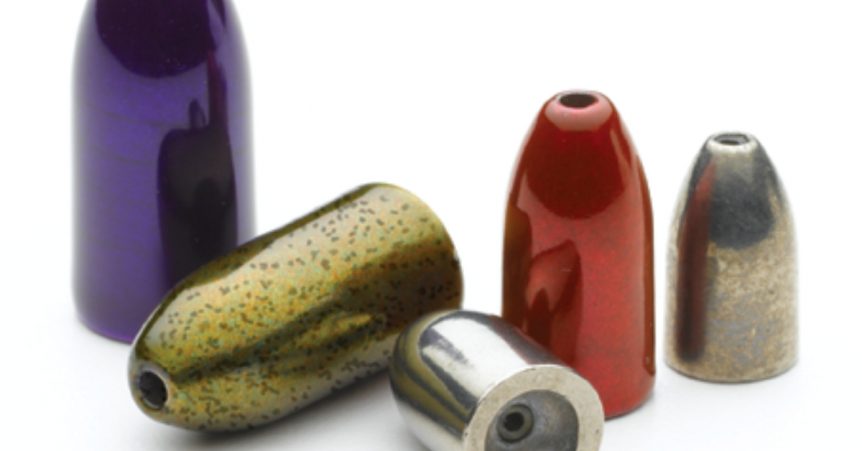Tungsten Weights: When and Why You Should Fish With Tungsten
Tungsten Weights Vs Lead Weights

I frequently use lead weights when fun fishing because the sinkers are cheaper than tungsten but when I fish in tournaments I always use tungsten weights. The biggest advantage I notice in tungsten weights is the increased sensitivity it provides and when I match a graphite rod with fluorocarbon line and a tungsten weight I have the most sensitive setup for fishing Texas-rigged soft plastics. Tungsten steel is denser than lead which means it’s harder than lead so it is better at helping you feel bottom composition and structure with your lure. The tungsten sinker gives you a better feel for what your bait is doing whether you are fishing wood, rocks, sand or clay bottom.
Advantages Of Using Tungsten Weights

Using a tungsten weight also helps me detect bites easier. I can feel the weight bumping into the bottom and when I lose contact with the bottom that usually signals a bass has sucked in the lure and I need to set the hook.
Another advantage of tungsten is the distinct sound it makes when the weight bumps into a hard bottom or piece of cover. A tungsten weight emits a loud ticking and clacking sound similar to a jig rattle when it hits rocks.
Since its density is greater than lead, tungsten sinker sizes are smaller than lead sinkers of the same weight. For example, a 1/4-ounce tungsten weight will have a smaller profile than a 1/4-ounce lead sinker. With the smaller size weight, you can make accurate casts in the wind and be more precise when flipping and pitching your lure.
So if you want to increase your odds of catching more bass with Texas-rigged soft plastics then get the lead out of your rig and replace it with a tungsten weight.


